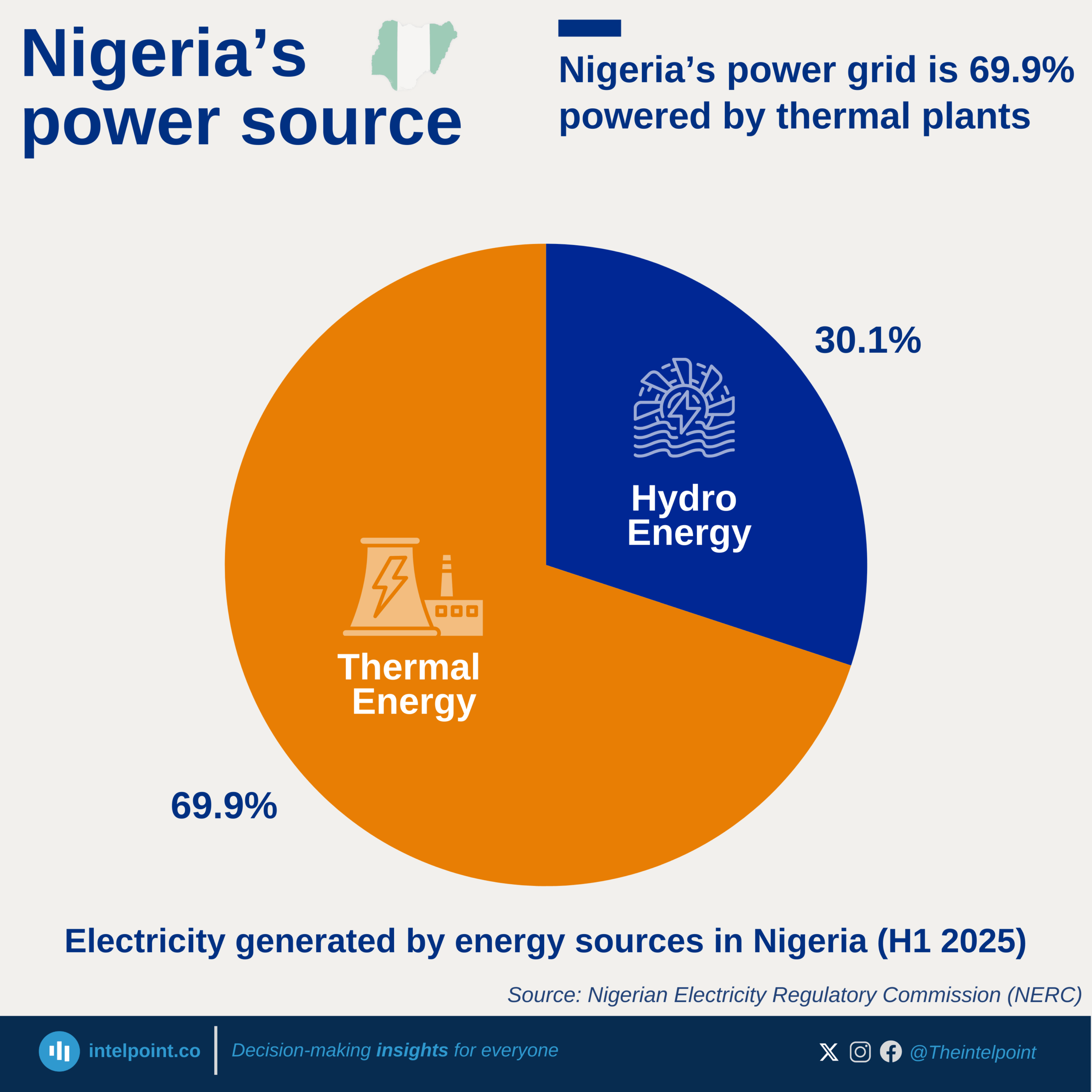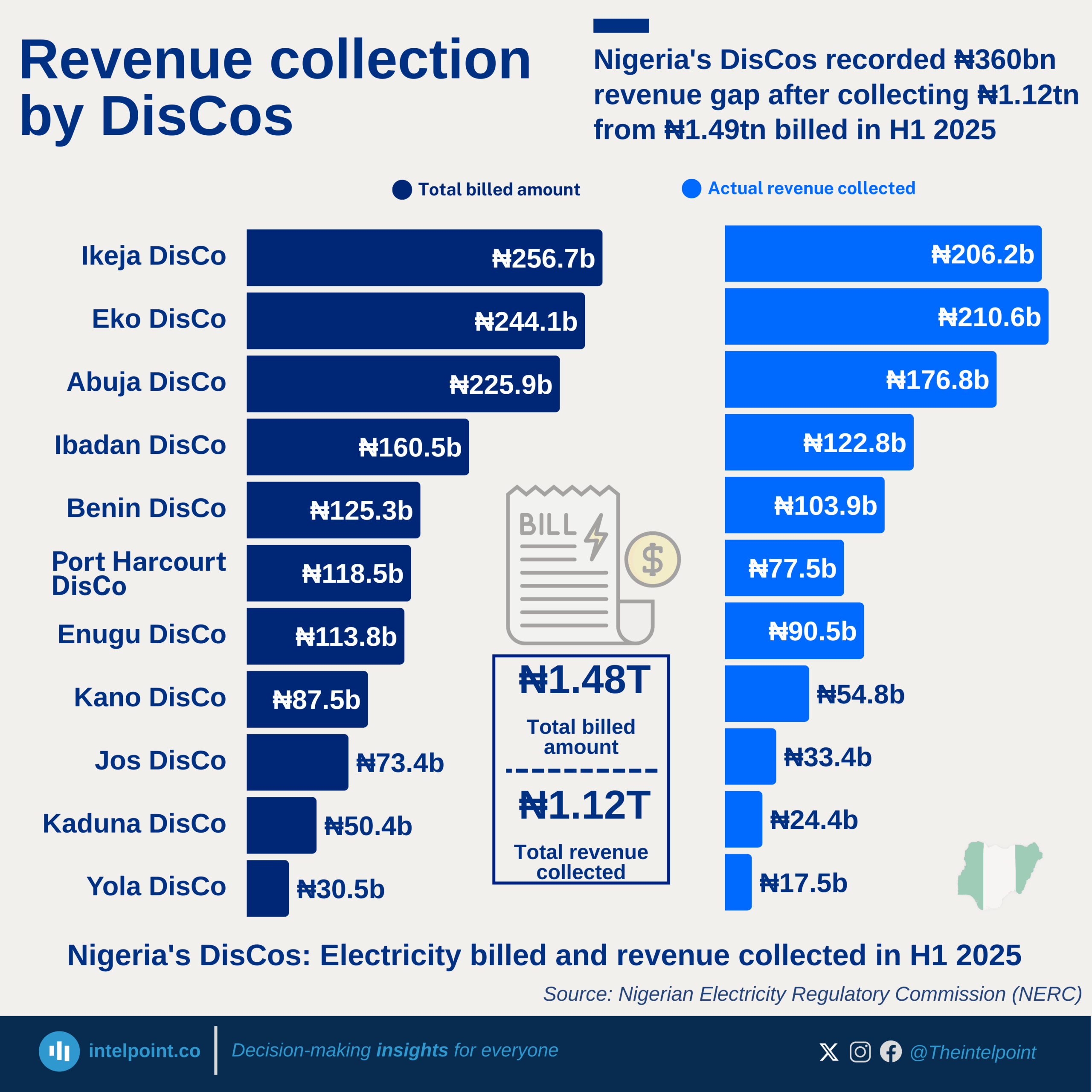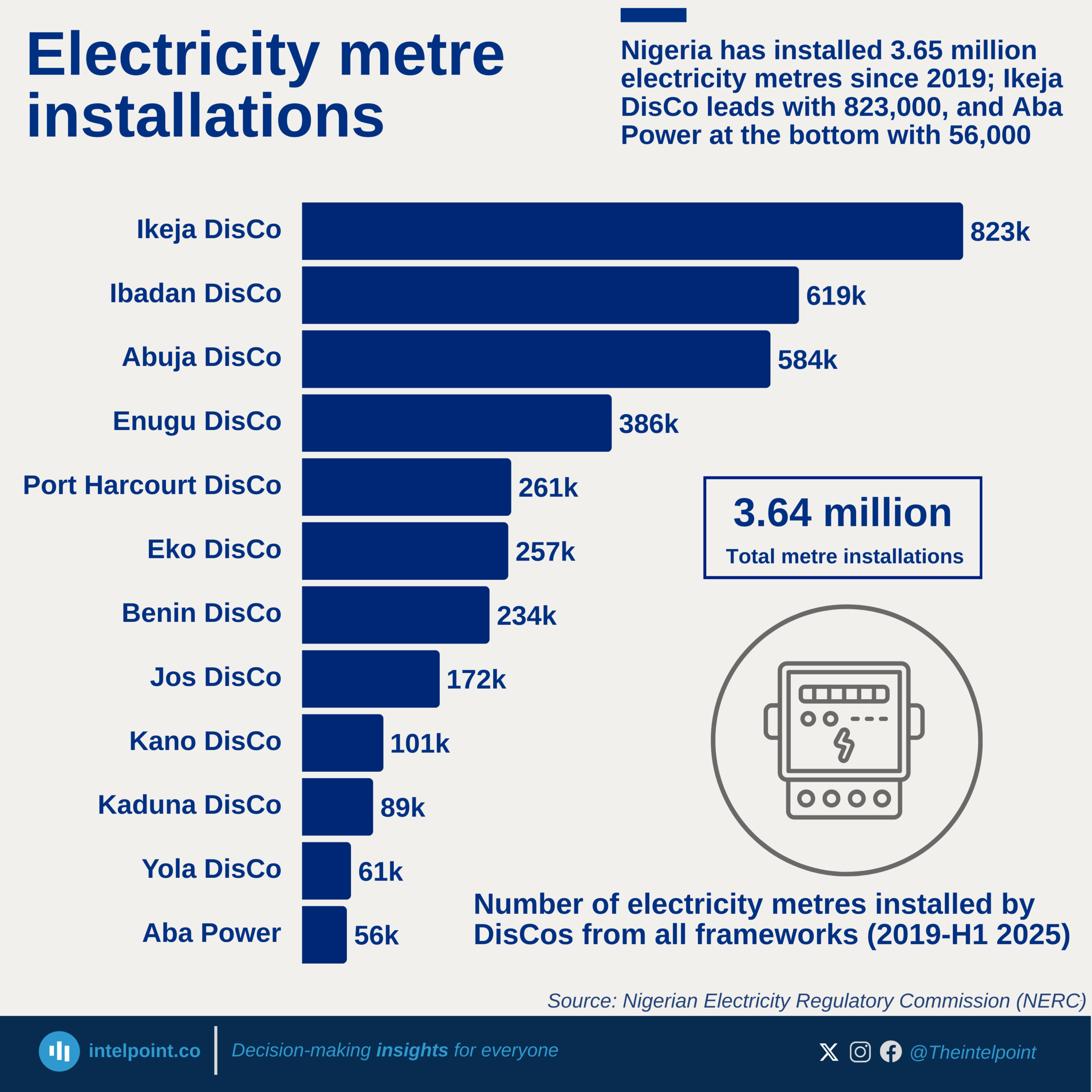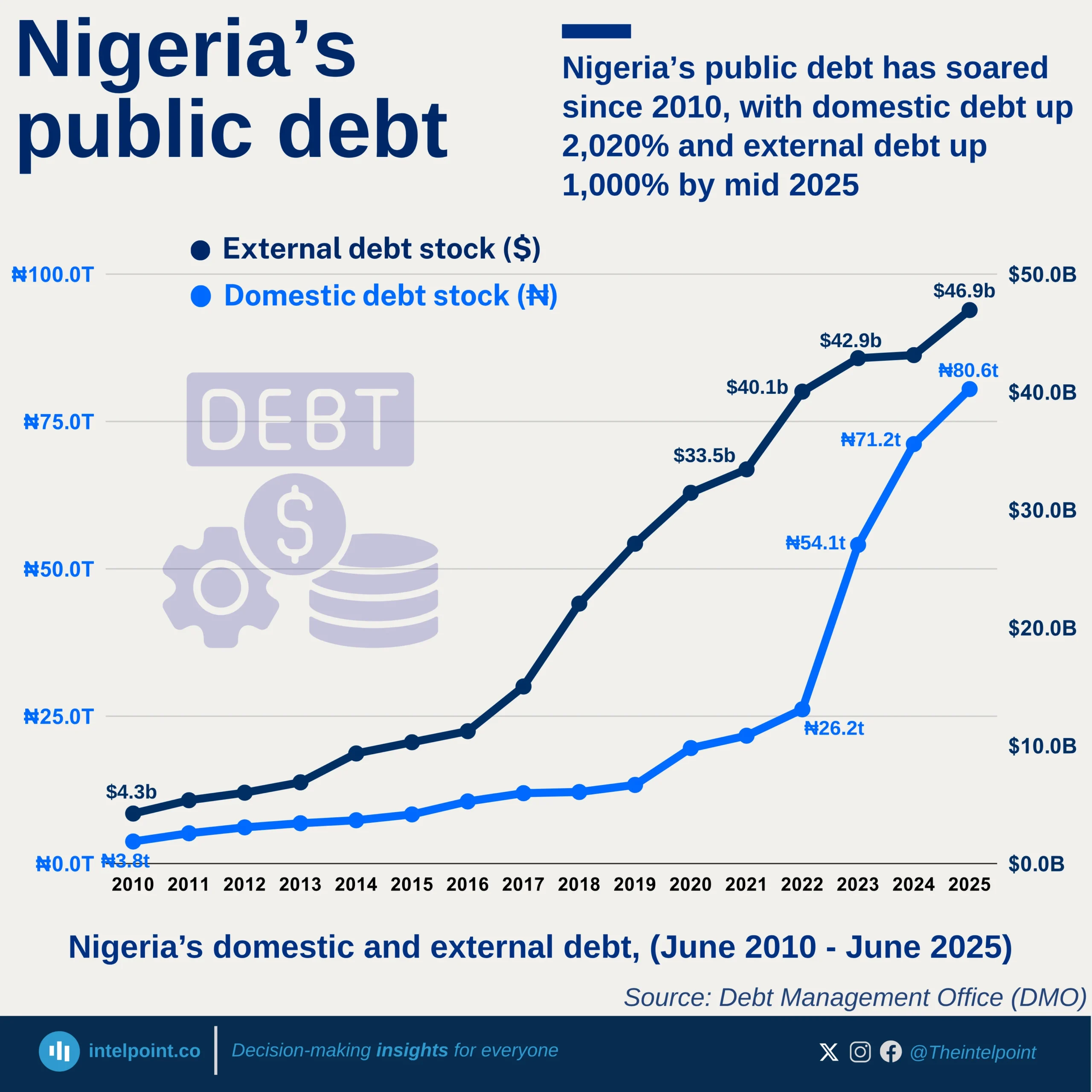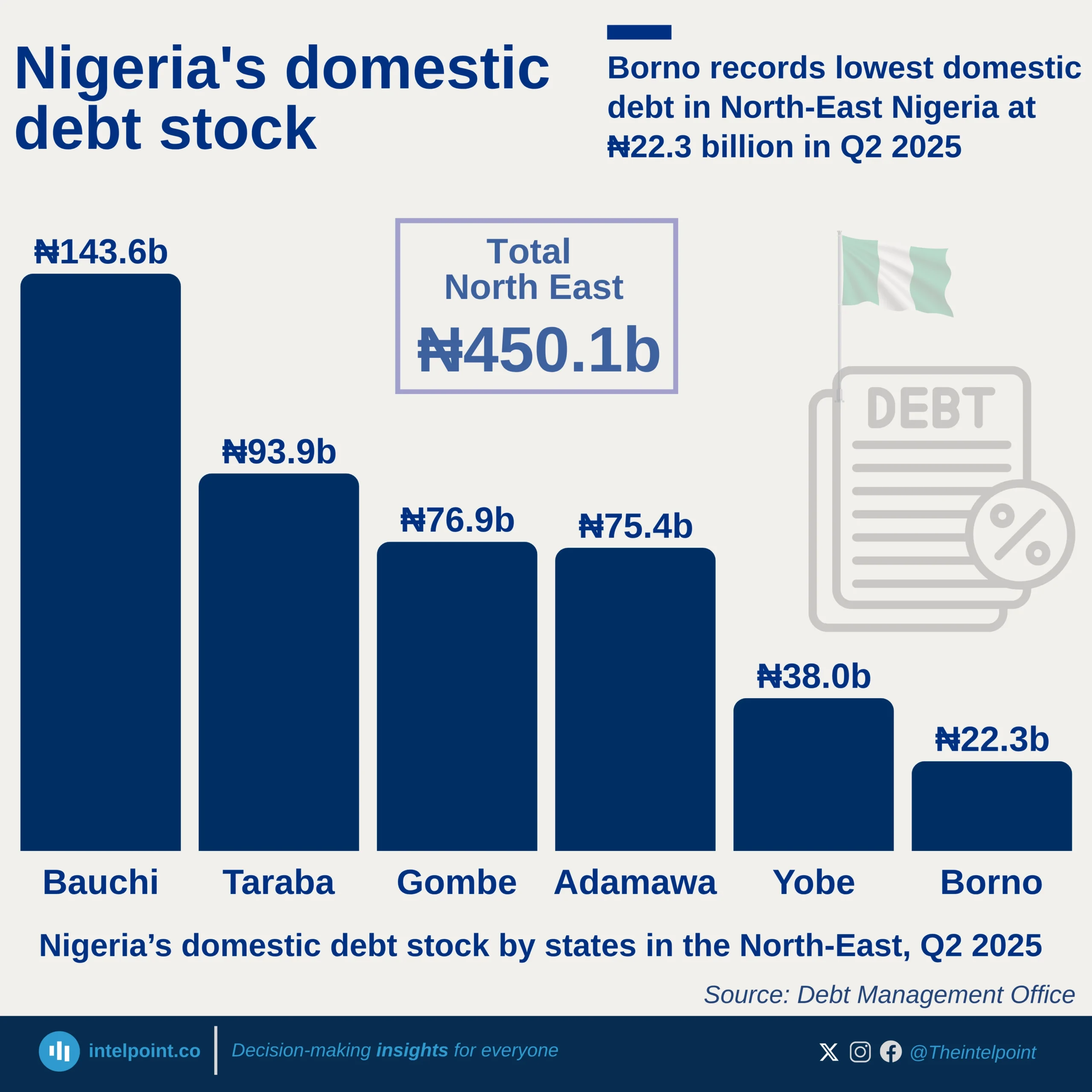In January 2025, Lagos State remitted a staggering ₦305 billion in VAT, over 53% of the national total and more than three times the ₦90 billion contributed by Rivers, the second‑highest state. Oyo was the third-highest contributor with ₦27 billion. These three states together generated nearly three‑quarters of Nigeria’s entire VAT yield, underscoring their outsized economic weight. Mid‑tier contributors such as Bayelsa (₦12.8 billion), Kano and Kwara (₦9.5 billion each), and Edo (₦5 billion) remitted less than half of Oyo’s contribution, revealing a steep drop‑off.
At the bottom tier, more than eight states each contributed under ₦2 billion, including Kebbi (₦1.9 billion), Ondo (₦0.9 billion), Imo (₦1.5 billion), Taraba (₦0.9 billion), and Zamfara (₦1.4 billion). Together, they accounted for only a few percent of the total, highlighting profound regional disparities in VAT collection.
